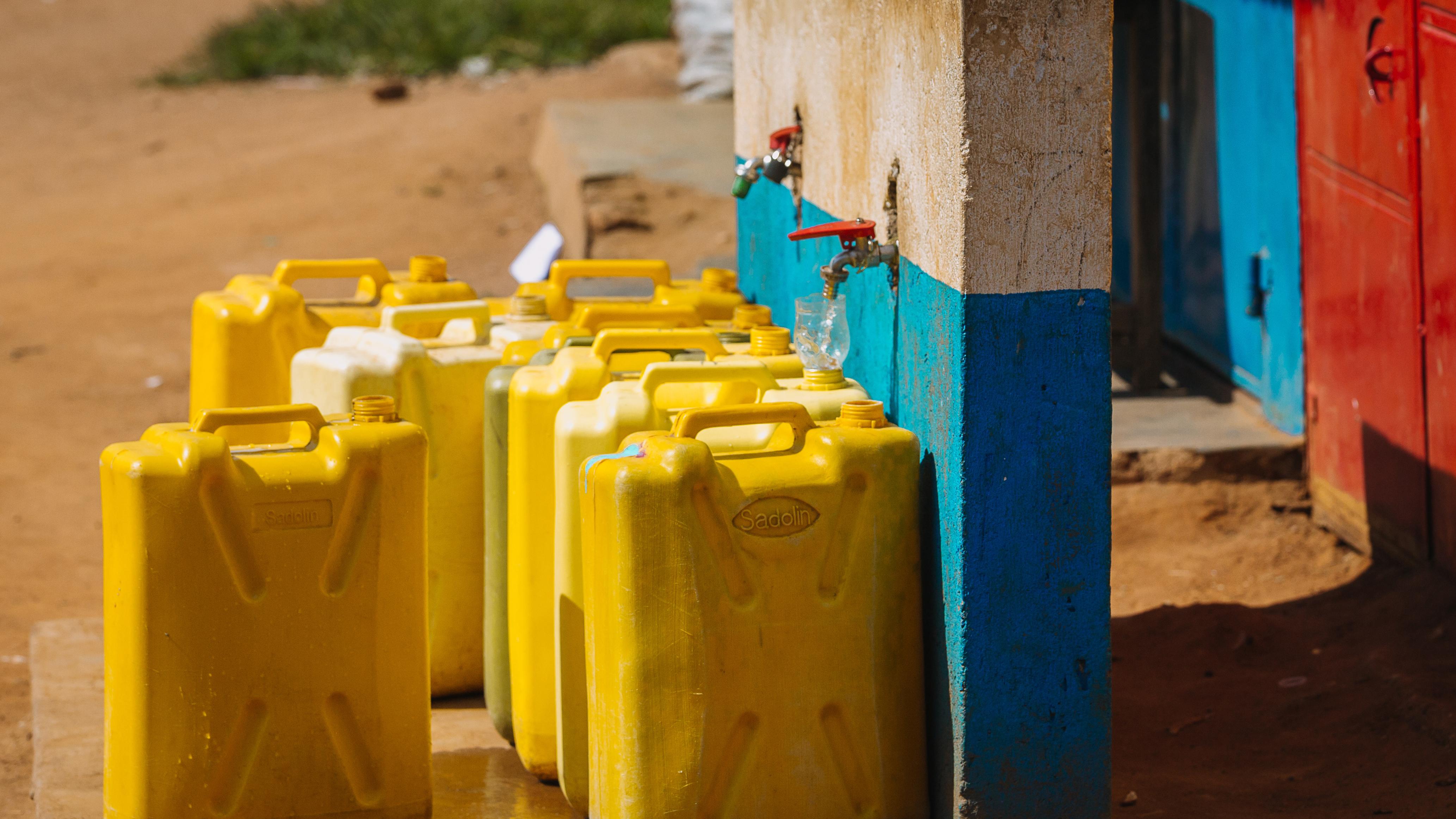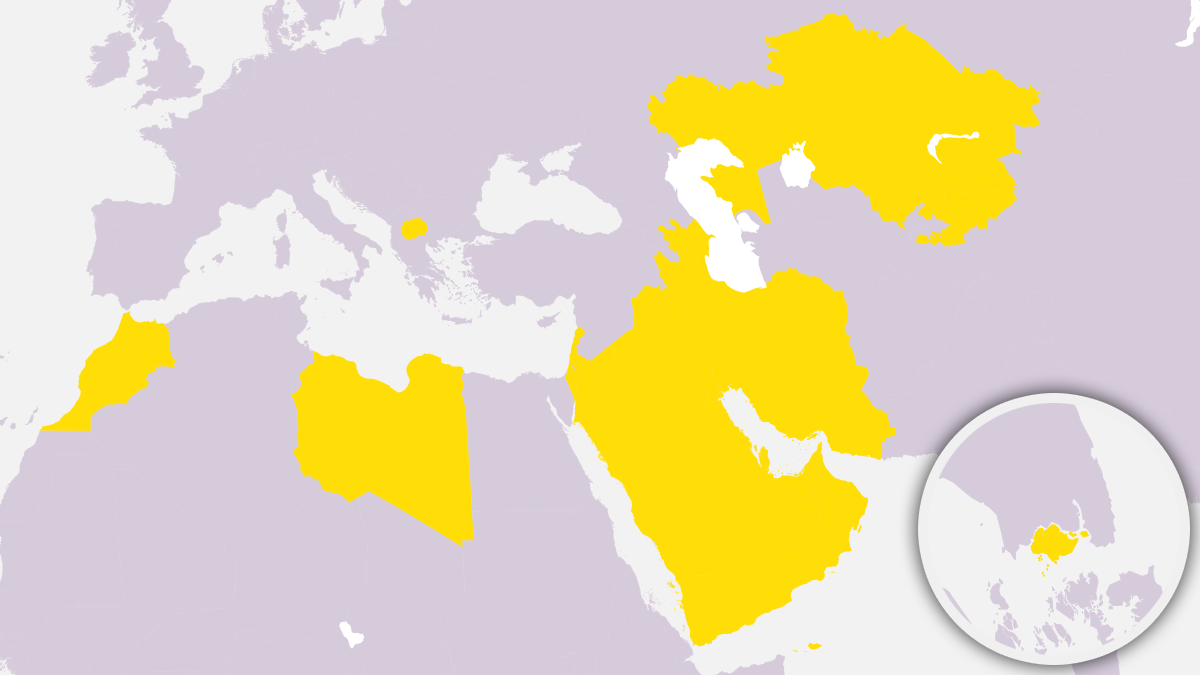
Water supply: the countries with the biggest water problems worldwide
Water scarcity is increasing across the globe. Conflicts escalate in places where there is a lack of drinking water and sanitary facilities. An overview of global water stress and its causes.
Without water, nothing flows and nothing grows – nothing can live. We need water like we need air to breathe, yet ‘blue gold’, as it is sometimes called, is becoming increasingly scarce in many regions of the world. Climate change is a major factor in this context, as is overuse, primarily in the agricultural sector.
Almost a third of the world’s population lacks access to clean drinking water
Almost a third of the world’s population does not have enough clean drinking water, and nearly a third has nowhere to wash their hands hygienically. Around 2.3 billion people live in countries afflicted in some way by water scarcity, and the situation is particularly critical for more than 730 million of these people.
The majority of the 25 countries and regions with the greatest water stress are in the Middle East. They include various partners with which Germany pursues bilateral cooperation, such as the Palestinian territories, Lebanon, Jordan, Libya and Yemen.
Areas where water is most scarce
The countries ranked highest on this list include, somewhat surprisingly, the affluent city-state Singapore. The country has very few reserves of its own and therefore has to import water from neighbouring Malaysia. However, Singapore is now purifying more and more non-potable water and feeding it back into the water cycle. Non-potable water is used in industry, for example to cool machines and systems. Unlike drinking water, non-potable water is not safe for human consumption.
The world’s most arid regions
The world map shows the 20 countries and regions that were worst hit by water scarcity in 2020. On a scale of 1 to 5, their so-called water stress score is 5 or a little less – so water shortage is a particularly pressing problem there. Click on the cross icons to find out more.
Source: Statista

Palestinian territories
Water stress score: 5
Population: 5.1 million (source: Our World in Data)
One of the ‘top 7’ most water-scarce regions. This is linked to the aridity of the region, but also to the conflict between Israel and the Palestinian territories. The population has a water supply of 50 litres per person and day, which is only around half of the minimum amount recommended by the World Health Organization (WHO).
Source: The Jerusalem Post
Lebanon
Water stress score: 4.98
Population: 5.6 million (source: World Bank)
Lebanon is facing a political crisis, a large number of refugees and, partly because of that, serious water problems. According to the UN, the country’s water supply system is often on the brink of collapse. More than 70% of households do not have secure access to water.
Source: Al Jazeera, Fanack Water
Jordan
Water stress score: 4.89
Population: 11.2 million (source: World Bank)
The water supply is one of the biggest risk factors in Jordan’s development. At present, only around two thirds of the population’s requirements can be met. This primarily affects poor households. Model calculations suggest that the situation will be exacerbated by climate change.
Source: UNICEF Jordan
Libya
Water stress score: 4.82
Population: 6.7 million (source: World Bank)
A lack of rainfall and overuse of existing resources are creating considerable challenges for Libya in securing its water supply. Most of the available water is taken by the agricultural sector, which accounts for 80% of use. In the long term, Libya will probably be dependent on desalination plants.
Yemen
Water stress score: 4.79
Population: 33 million (source: World Bank)
Yemen has long been affected by water scarcity, and civil war is exacerbating the problem. The demand for water currently far exceeds the supply, with 90% being used in agriculture. Climate change and population growth are making the situation even more difficult, and conflicts over resources cannot be ruled out in the future.